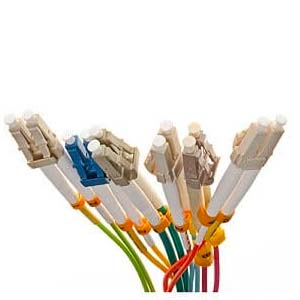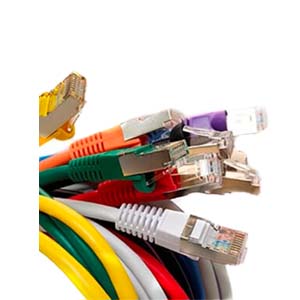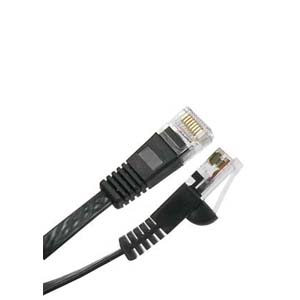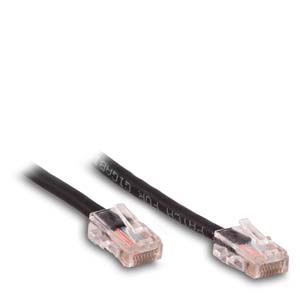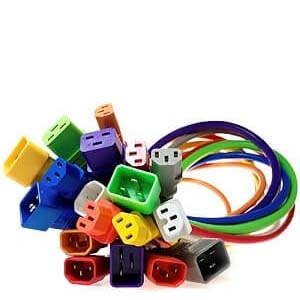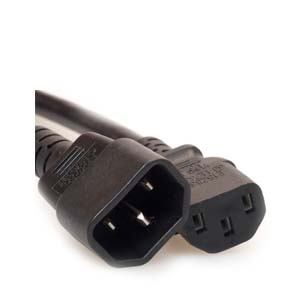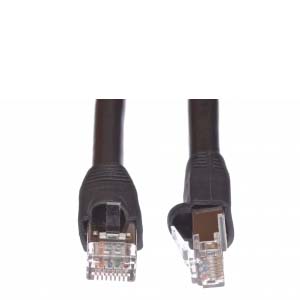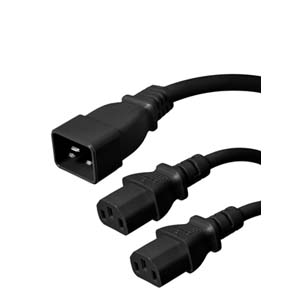Cables Blog
What's the difference in HDMI, DVI and DisplayPort?
What's the Difference in HDMI, DVI and DisplayPort? Most people don't think too much about cables, but they're just as important as a monitor or TV for people who want to access video content. There are several different cables that can connect display devices to an input, with the most popular being HDMI, DVI, and DisplayPort.
by Vikas Dayal • July 03, 2017
What's the Difference in HDMI, DVI and DisplayPort?
Most people don't think too much about cables, but they're just as important as a monitor or TV for people who want to access video content. There are several different cables that can connect display devices to an input, with the most popular being HDMI, DVI, and DisplayPort. All three options fulfill the same general role, but they each do it slightly differently. That means that it's important to understand them all to make an informed choice about which to use.
What They Have In Common
The three cables all exist to connect the source of an image or video, such as a computer, to something that can display it, such as a monitor. Some of them also have other functions, but transmitting video is always their main purpose. They can all connect to a wide variety of devices. Each one needs its own type of port to make a connection, but that port can be on almost any type of device. That makes these cables fairly versatile, since it is usually possible to borrow a cable from one device and plug it into another if one breaks or otherwise needs a temporary replacement.
DVI

DVI cables are the oldest format that are still in fairly common use. It is slowly on the way out due to recent innovations, but it has been one of the most popular options for almost two decades. It beat out a lot of competing formats to secure that longevity, so it's a sign of the quality of DVI cables.
The cables are designed to transmit uncompressed video data. Depending on their configuration, they can carry digital data, analogue data, or both at the same time. Unlike many other cables, they can't carry any other type of data. That means that users who want to transmit other types of data at the same time, such as audio, will need to use an additional cord. That isn't a problem for people who use separate video and audio systems, but it can contribute to clutter for people who have an all-in-one system.
DVI cables are fine for most uses in spite of their age. They will eventually fade into history as people switch over to other cables, but that hasn't happened yet. For now, people who have DVI systems should feel secure in using them.
HDMI

HDMI came out a few years after DVI. The main difference is that HDMI cables can also carry audio data. There are also variants that can act as ethernet connections or offer other bonus features. The most important of those is HDMI 2.0, which offers support for 4k video. Engineers are still working on HDMI, so there are more improvements in the future, but the average user only needs to worry about getting a recent cable.
HDMI is a good, versatile choice for most users. It's hard to go wrong with it. It's also the best choice for people who use HDTV, since HDMI is the default format for them. That makes it easier to connect other devices to a TV with HDMI than any alternative.
DisplayPort

DisplayPort is the most recent format, and it was designed to replace HDMI and DVI. That hasn't happened, but it's still a valuable tool. It can support all of the latest technologies, and it can support multiple monitors from a single output. It also takes adapters easily, so most users can get DisplayPort cables to work with most of their devices with a little bit of work and an extra plug.
The downside is that this cable is designed primarily for computers, so most TV systems will need an adapter to use it. The support for multiple monitors on one output and the use of adapters does make this great for people who want to consolidate their cords, but it isn't great for people who want to avoid accumulating adapters.


